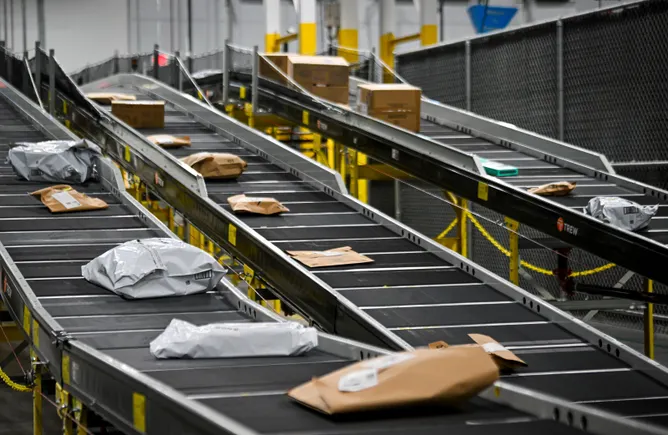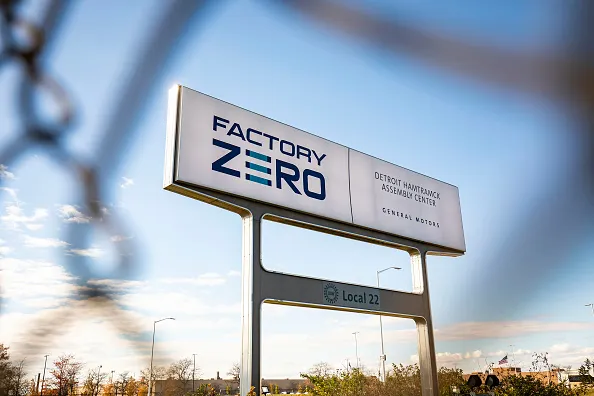An October 2025 report points to a recurring trend among workplace experts: They’re championing the well-being of “the sandwich generation,” a phrase which typically refers to workers who care for both children and parents.
According to the 2026 U.S. Leave Management Report from Aon company NFP, only 30% of employers offer family caregiver leave and, mostly, that’s employers offering less than three weeks of pay. This has increasingly led workers to use their PTO for caregiving demands, researchers from NFP said.
“The constant pull between work, childcare and eldercare can be overwhelming for the sandwich generation, especially women,” Maria Trapenasso, head of Human Capital Solutions at NFP, told HR Dive via email.
The benefits gap and caring for caregivers
An executive at a leave management company shared her view at SHRM 2025 that caregiving benefits should now take center stage — especially as the “sandwich generation” will be expanding.
Despite workers listing caregiving leave as a top benefit in Prudential Financial’s 2025 report, about half of employers don’t offer it; based on their findings, researchers from the firm said that employers who don’t offer paid caregiving leave risk losing out on top talent.
Aside from caregiving leave, an executive at a leave and accommodation management company previously told HR Dive that offering flexible scheduling is a key way to lessen the burden of sandwich generation workers.
But beyond paid leave and flexible work arrangements, Trapenasso recommended that employers create a workplace environment that doesn’t shame caregivers.
“Most importantly, employers should prioritize building a culture where taking time to handle caregiving responsibilities isn’t a liability,” Trapenasso said. “It’s a shared reality. As workforce demographics shift, organizations that respond with empathy and tangible support will not only retain top talent but also stand out as employers of choice.”
Benefits as a retention strategy
Similar to Trapenasso, workplace experts have said that offering caregiving benefits can help with employee retention.
And on the flip side, a lack of caregiver support could lead to the mass attrition of women from the workforce. Per a joint report from Motherly and the University of Phoenix Career Institute, half of mothers in the sandwich generation have left a job specifically due to caregiving demands.
Moreover, 55% of “sandwich moms” live in a single-income household, according to the Motherly and University of Phoenix report. About half of their paycheck goes to caregiving responsibilities, which is “more than double that of non-sandwich moms,” per the report.
“These moms aren’t just multitasking — they’re holding families and communities together,” said Liz Tenety, co-founder of Motherly, in a statement. “We need workplace systems that reflect the reality of modern caregiving, not just for mothers, but for the future of our workforce.”






Leave a Reply